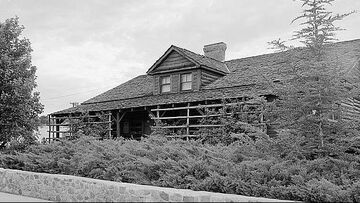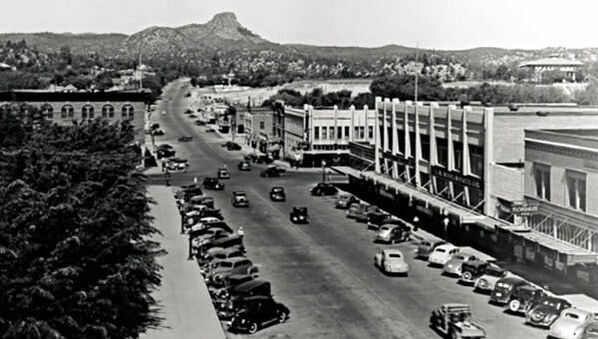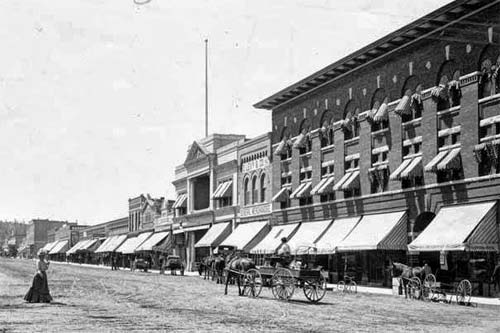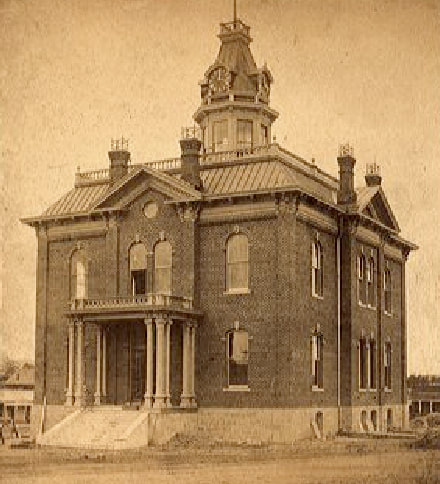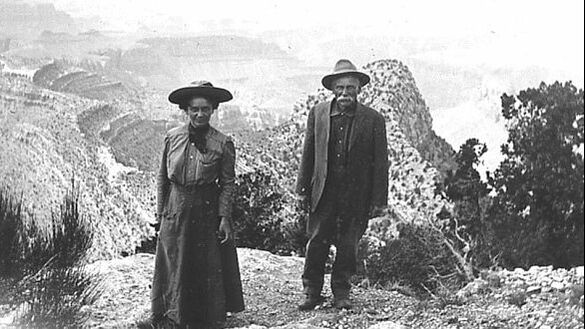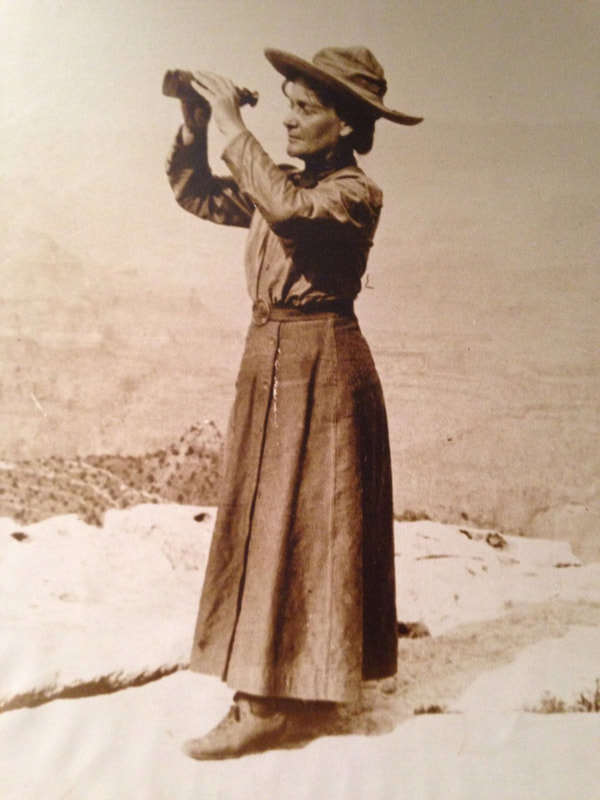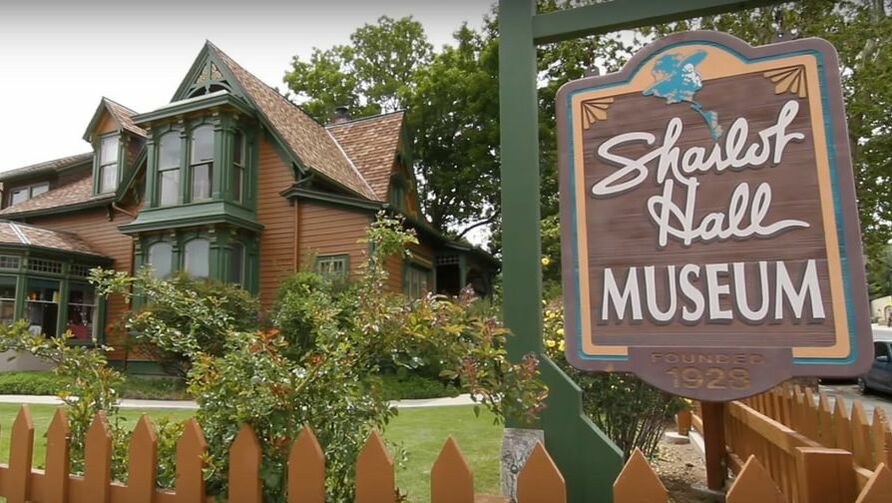History of Prescott, Arizona
|
In the midst of the Civil War in 1863, the U.S. Congress enacted legislation creating the Arizona Territory. The War was costly to the government and federal leaders were most likely influenced by the prospect of mineral wealth in the area that became the Arizona Territory.
A few months later, in May 1863, that promise came to fruition as an exploration party led by Captain Joseph R. Walker discovered gold in the Bradshaw Mountains, just south and east of present-day Prescott. A subsequent discovery of gold in the Antelope Mountains set in motion a chain of events leading to the establishment of this Wild West community. Fort Whipple settled on the banks of Granite Creek, the founding of the town of Prescott took place on May 30, 1864, and was designated as the first capital of Arizona Territory, and the seat of government for newly-created Yavapai County. Adventurers seeking a new opportunity came to Prescott, including miners in search of gold, and farmers and ranchers seeking a new beginning on land made available through the federal Homestead Act, merchants, lawyers, and many others. Together they created a community with schools, churches, business establishments, other social organizations and, of course, saloons and brothels. Eventually the railroads came and other indications of 19th century modernization, such as electricity and public water service. To be sure, Prescott in its territorial years was a frontier town and had its share of crime, rowdyism and an occasional gunfight on Whiskey Row. Over time Prescott matured and developed into a commercial center for the central highlands. The settlement and development of Prescott and its surrounding region came at the expense of the Yavapai, the native people who had occupied the region for centuries before the influx of those drawn there by the promise of riches and other opportunities. The inevitable conflict between the two cultures forced the Yavapai onto a reservation at San Carlos in southeastern Arizona. In the early 1900s, the Yavapai returned to Prescott where – as the Yavapai-Prescott Indian Tribe – they now play a vital role in the region’s economy as the owner/operator of a modern shopping center and two gaming casinos. Prescott lost its standing as the territorial capital in 1867 when the capital was moved to Tucson by an act of the Legislature. Prescott regained it in 1877. As the population and political influence shifted, the capital was permanently relocated to Phoenix in 1889. Prescott continues to serve as the county seat of Yavapai County. Prescott continued to prosper and develop, and by 1920 boasted a population of approximately 5,000. |

